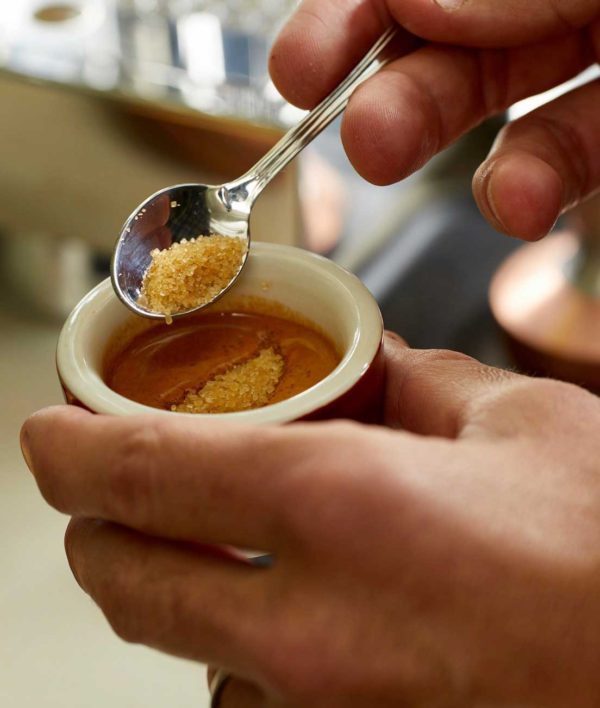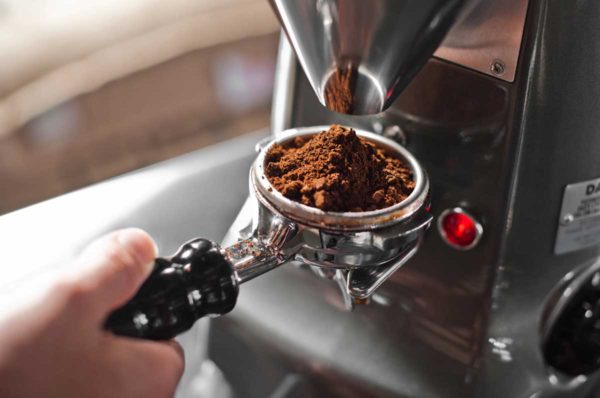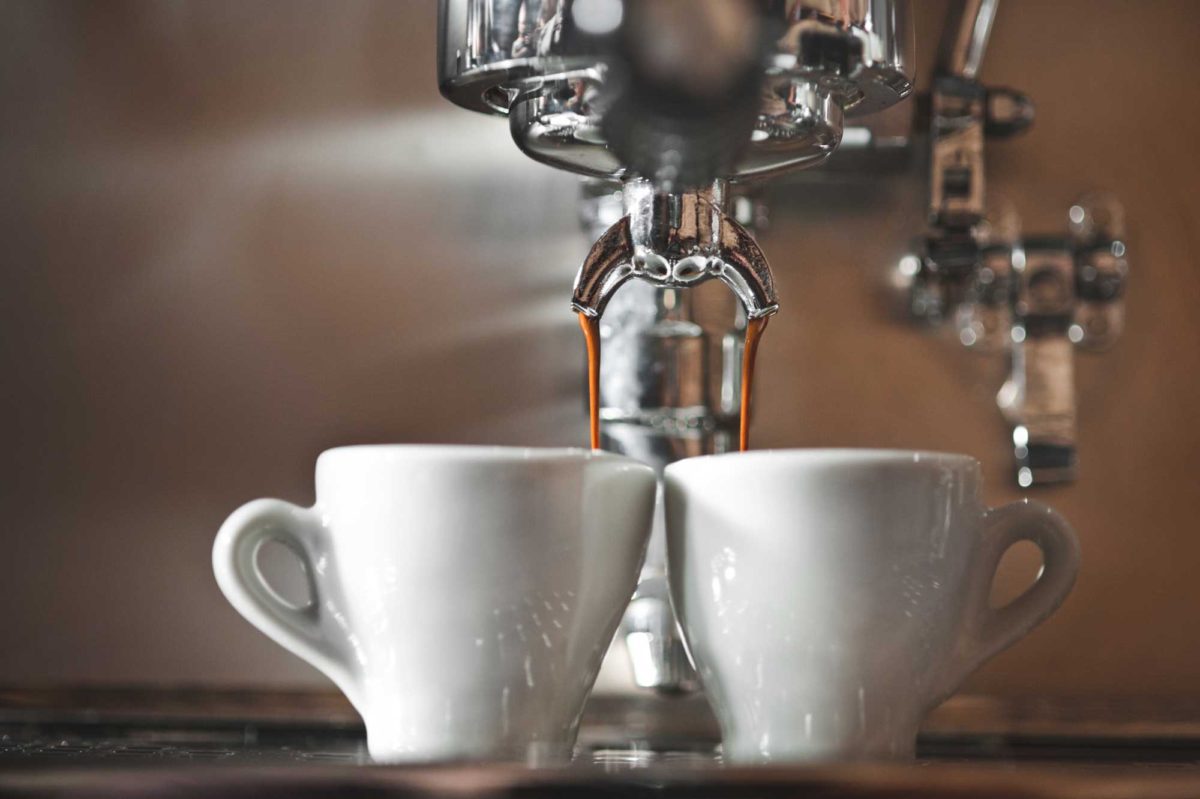

A welcome to our visitors is not a real welcome without the question, “would you like an espresso?” As is our custom, we offer the option of sugar. To which the guest often times declines, adding “with coffee this good, I don’t need any sugar”.
This response, we’ve come to understand, is natural. Over the years, the specialty coffee industry has worked tirelessly to dispel the view of coffee as a commodity. Coffee is just as nuanced and complex, if not more so, than wine. And a great coffee, so the chorus goes, doesn’t need sugar to taste great—it tastes great on its own!
But in the tradition of Italian espresso, sugar is almost always added. Why is this so? Following the cobblestones of tradition that lead from lore to fact, sugar, a luxury item in bygone days, was imported to Europe from the East along with other exotic spices and sweeteners—and it happened to be delicious! The ability of sugar to make coffee (a beverage which had become somewhat of a national obsession in Italy) more palatable, while smoothing over some bitterness, was embraced. The practice remains part of the daily ritual in Italy to this day.
As salt does for food, sugar has the ability to enhance the enjoyment of a particular coffee, if done correctly and discerningly. Adding sugar doesn’t work well for all coffees or blends. For example, coffees that are high in acidity —and we produce several—or have prominent floral and fruit tones, are better consumed without any sugar added.
Our goal is to create an authentic and classic, Italian-style espresso that can stand on its own, but one that can also be fully indulged with a little spoonful of sugar. This requires selecting coffees that are naturally nutty, chocolaty, or even slightly bitter in flavor, for when the sugar is added, the sweetness will compliment the flavors of the coffee itself, transforming it into a delicious bittersweet treat.
A final consideration is sugar and health. We recognize the detriment of excessive, added sugars and other sweeteners, such as honey. We do not encourage this, particularly for those with health issues. What we are suggesting is adding 2 – 4 grams (½ – 1 teaspoon) to your espresso.
In comparison, here is the average sugar content for some commonly considered “healthier” foods: • one cup of low-fat yogurt, 4 – 12 teaspoons • ½ cup of granola, 5 – 7 teaspoons • 12-ounce can of fruit-flavored San Pellegrino, 8 – 9 teaspoons • 20-ounce sports drink, 8 teaspoons • protein bars, 7 teaspoons.
If not daily, consider enjoying an espresso, just as it is in Italy, as an occasional treat or a special, sweet finish to a good meal.
Our father, “Mr. Espresso” Carlo Di Ruocco, has a “best of both worlds” approach to enjoying his daily espresso. Carlo has taken the Italian traditional way of enjoying espresso and combined it with his own personal method for maximizing enjoyment of his caffè.
We hope you, too, will give it a try. Enjoy!
The ritual begins with a meticulously prepared espresso—served directly into a pre-warmed, conical-shaped, ceramic espresso cup. Add a small spoon of sugar (1/3 – 1/2 teaspoon) and allow it to slowly sink. Carlo instructs, “With a good espresso, the sugar will smile to you for a few seconds,” referring to the sugar as it sits on the crema in the shape of a crescent. He goes on, “Take the first sip. You will have the flavor of the pure coffee. Then stir lightly and enjoy the rest in one or two big sips.” He gulps it, bottoms up. “The espresso should explode in your mouth with all its flavor and the sugar.” After your final sip, spoon out the remaining sugar laden last drops of espresso, indulging in a sweetness to finish the experience. Carlo ends by urging to enjoy the lingering tastes that will stay with you.

We are most proud to inherit this tradition and consider ourselves responsible to carry it forward. Salut!
